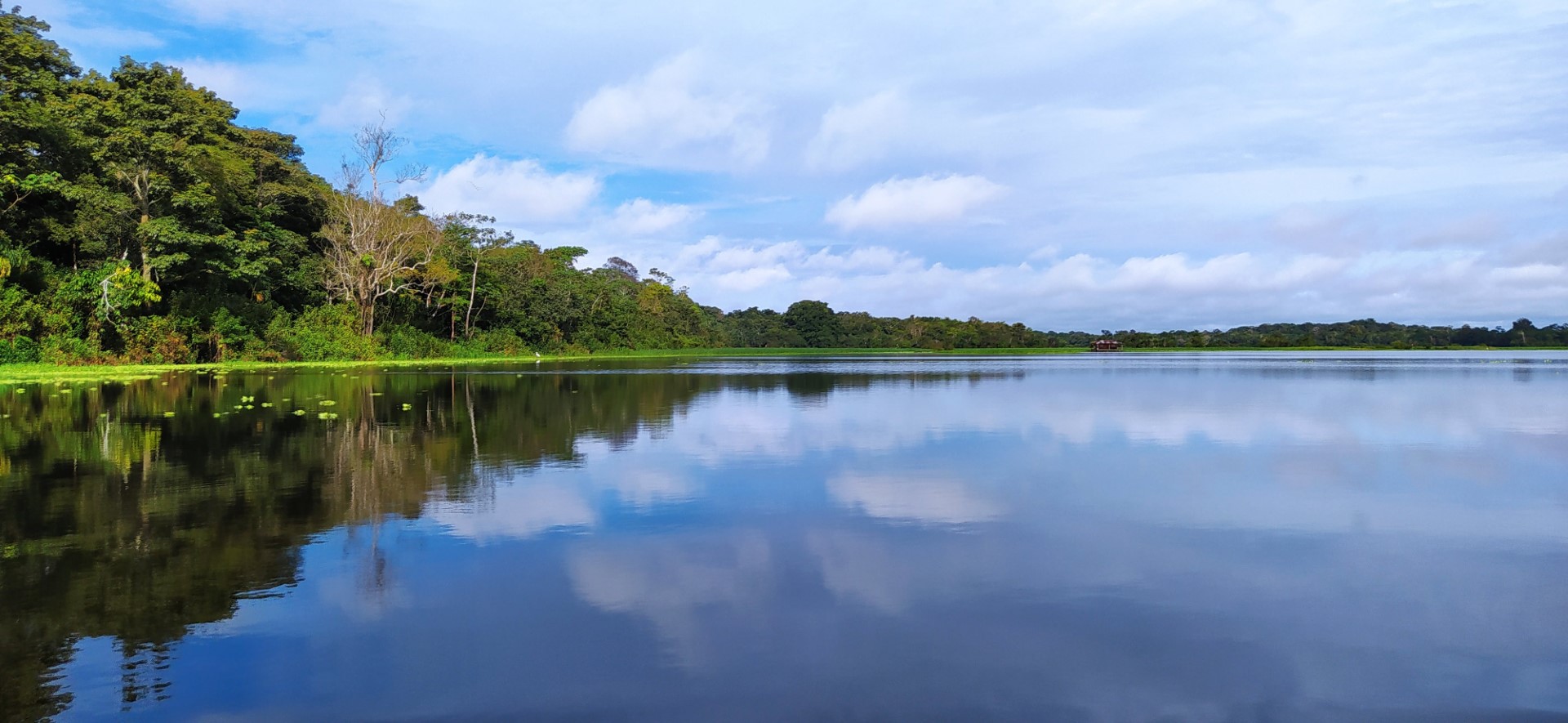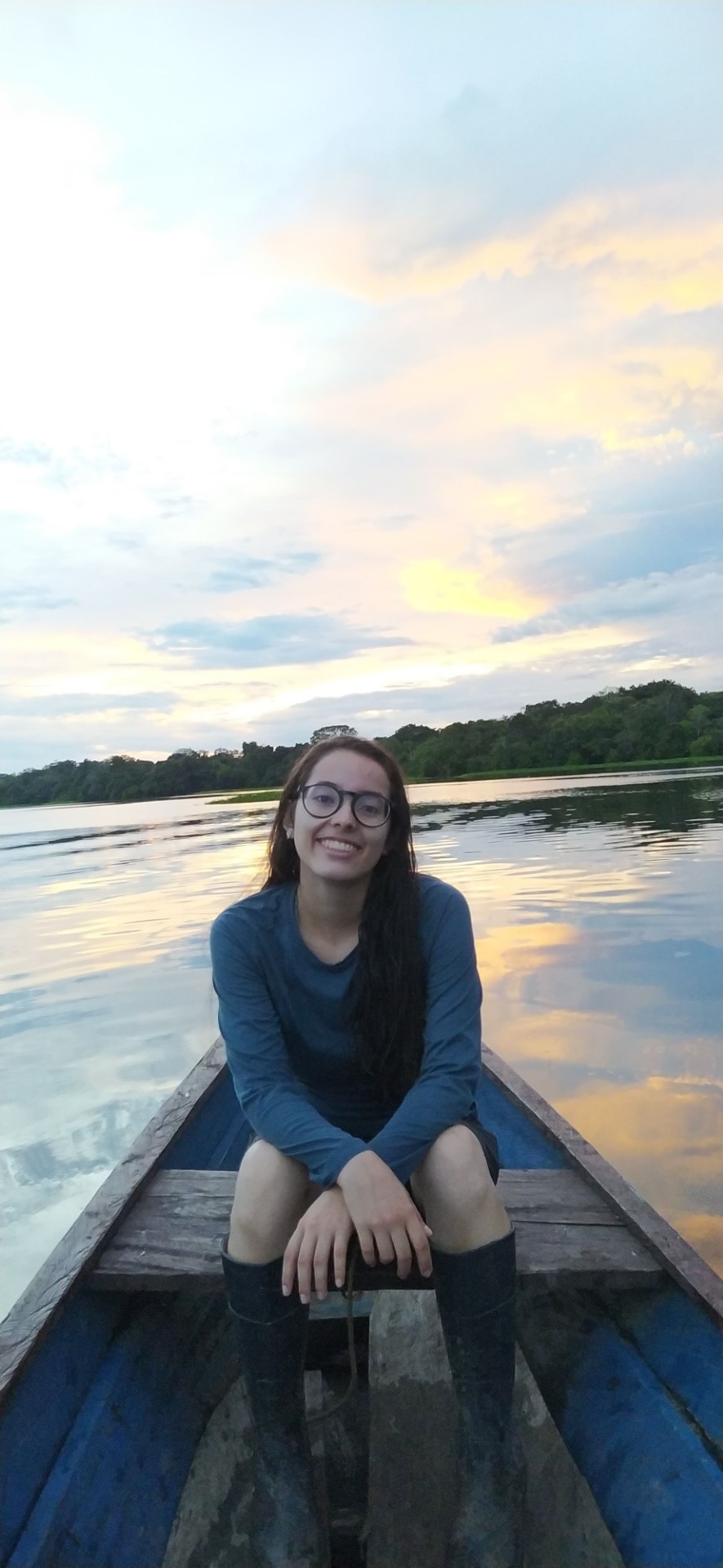News
GEMS/Water Current Student Profile: María José from Colombia

María José Arias Builes is from Medellín, Colombia. With a population topping four million people, Medellín is the second-largest urban area in the country, and rather larger than Dublin. But, while she may be from the big city, María José’s work has taken her deep into the Amazon, where she has done environmental characterization studies, worked closely with indigenous groups, and participated in water quality recovery efforts. And now, she is a UCC student, taking a continuous professional development course in freshwater quality monitoring via the GEMS/Water Capacity Development Centre (CDC). Housed in the School of BEES, GEMS/Water CDC is one element of the United Nations Environmental Programme’s (UNEP) Global Environmental Monitoring System for Water, dedicated to training people around the world in water quality monitoring—people like María José. Since the 1970s, the GEMS/Water CDC has trained hundreds of people in almost 120 countries around the world, increasing human capacity to monitor water quality and, just as importantly, to advocate on behalf of this issue.

María José in Tarapoto lakes (a Ramsar site)
Originally planning on a career in civil engineering, María José had a change of heart—and mind—after watching nature documentaries on television (like so many others around the world!). Seeing programmes about “wildlife and climate change, and the problems related to that,” she explains, she “started having more concerns, learning more about these problems.” This inspired her to focus instead on environmental engineering, with the hope that “cities could be more sustainable.”
Since taking up this calling, María José has done extensive research and outreach work in the Amazon. Her thesis research with the National University of Colombia took her to Leticia, a settlement of 40,000 people in Colombia’s extreme south, on the borders with Peru and Brazil. There, on the banks of the Amazon River and surrounded by forest, she conducted an environmental characterization study of the local wetlands, assessing the impacts of urban and suburban development on the flora and fauna of this ecologically rich area. Since completing her degree, she has continued to work in the area, helping local communities monitor lakes, rivers, and wetlands. The freshwater quality in these areas is particularly important to the people’s well-being, as they rely on fishing for much of their food and income. In past decades, there were unsustainable fishing practices, including the use of (natural) poisons to kill the fish, and fishing during species’ reproductive seasons. Happily, fish populations have been recovering more recently, as people like María José combine environmental engineering expertise with local residents’ traditional ecological knowledge to ensure that sustainable fishing methods prevail.
Most recently, María José worked with a cabildo in the Amazon, an indigenous community, living along a newly created wetland. Downstream, modifications to the river reduced its flow, causing the water to back up; upstream, settlements with no sewage treatment plant release wastewaters into the river. This has resulted in a novel wetland but one that is unfortunately experiencing problems with solid waste. “It is crucial to study these wetlands,” María José explains, because the water here supplies much of the city of Leticia’s needs. In this area, due to the problems with ambient water quality, many households rely on rainwater collection. In Leticia itself, it is not uncommon for residents to purchase their drinking water from a local Coca-Cola-affiliated bottling plant.
To further develop her own expertise and to carry forward her work into the future, María José recently enrolled in UCC’s EV6017, Freshwater Monitoring with Biota and Particulate Matter. This course guides water quality technicians in taking an approach to water quality monitoring that is particularly ecological in its methods, using species, communities, and whole ecologies as key access points to local water quality, rather than the more traditional physico-chemical methods. This is particularly well-suited to María José’s work in the Amazon.
Of course, this is only the beginning for María José, as she remains a recent entrant to ranks of water quality monitoring experts around the world, the people who safeguard—and improve—the quality of the water upon which so much life depends. But further, in a sense, it is just the beginning for GEMS/Water CDC and the global water quality monitoring sector. While we have been at this task for fifty years, water quality at present is a problem in many parts of the world. And yet, a future in which water quality monitoring plays a central role in human prosperity and ecological integrity beckons. Without the constant renewal of effort, from María José and her colleagues, and from us at GEMS/Water, we will not achieve that future.
